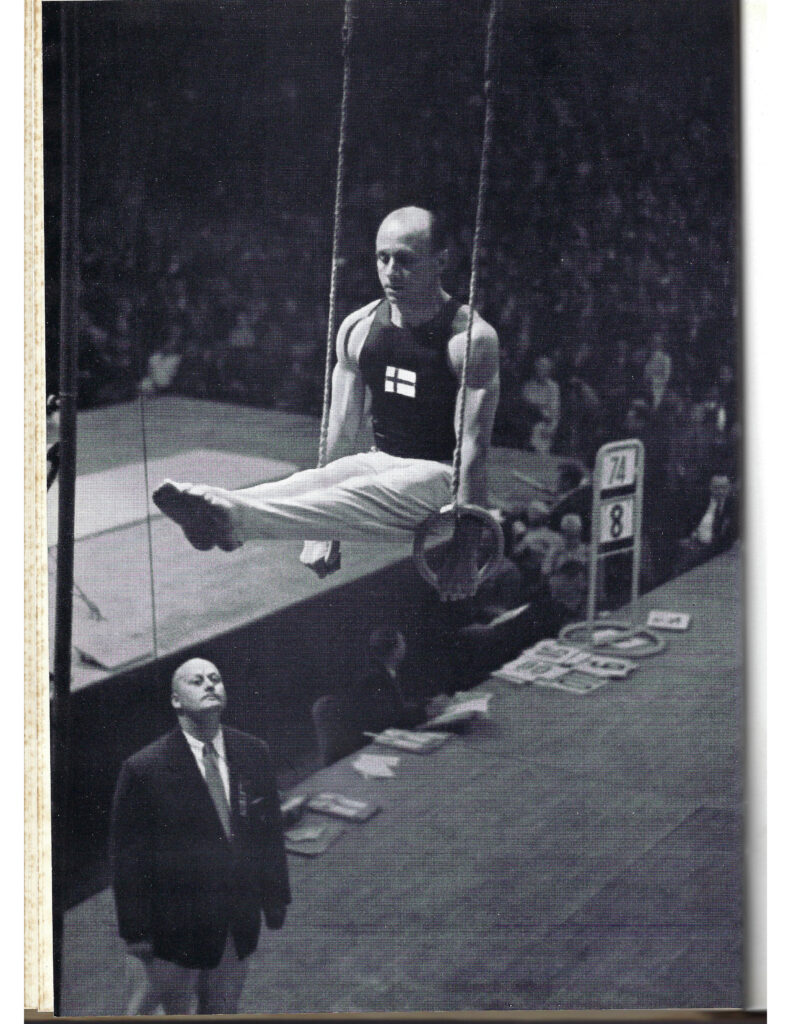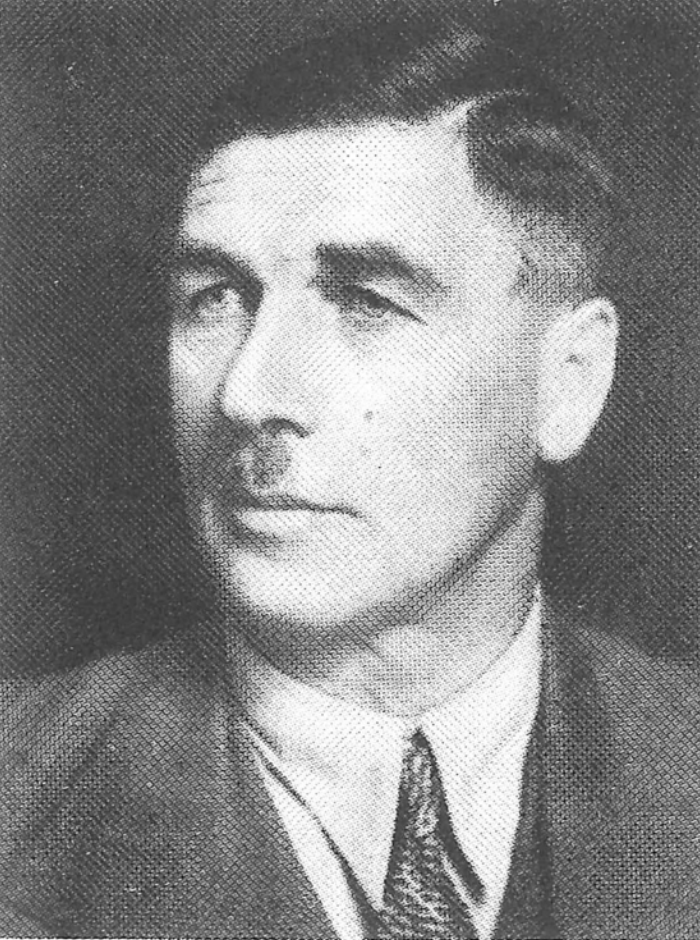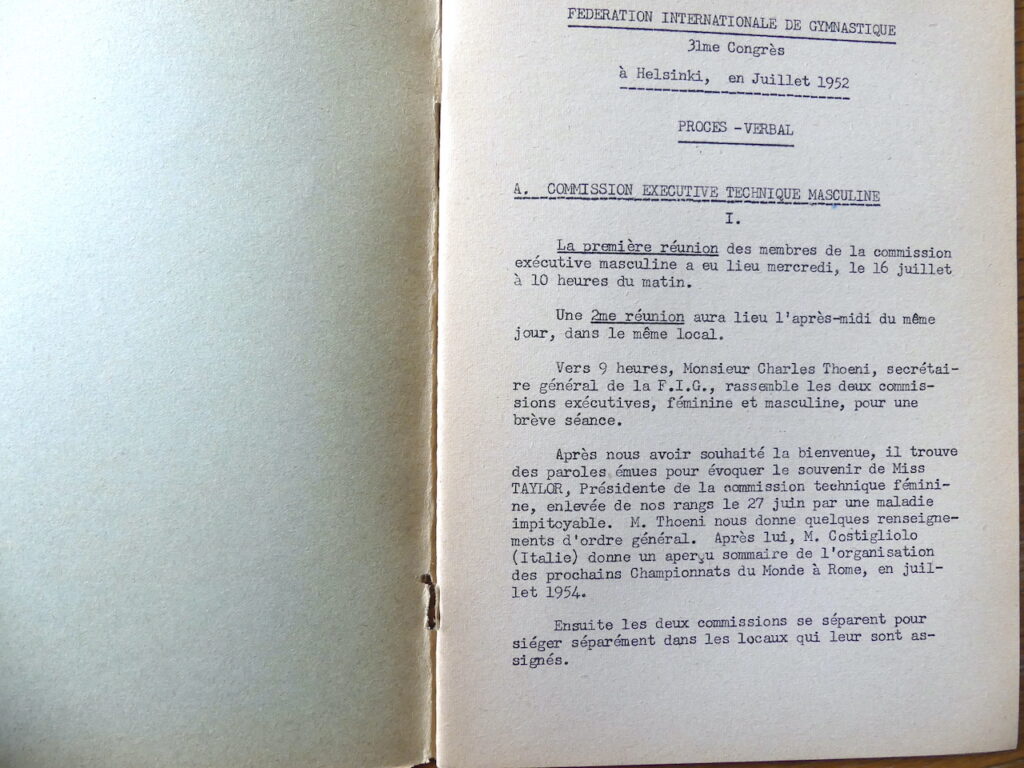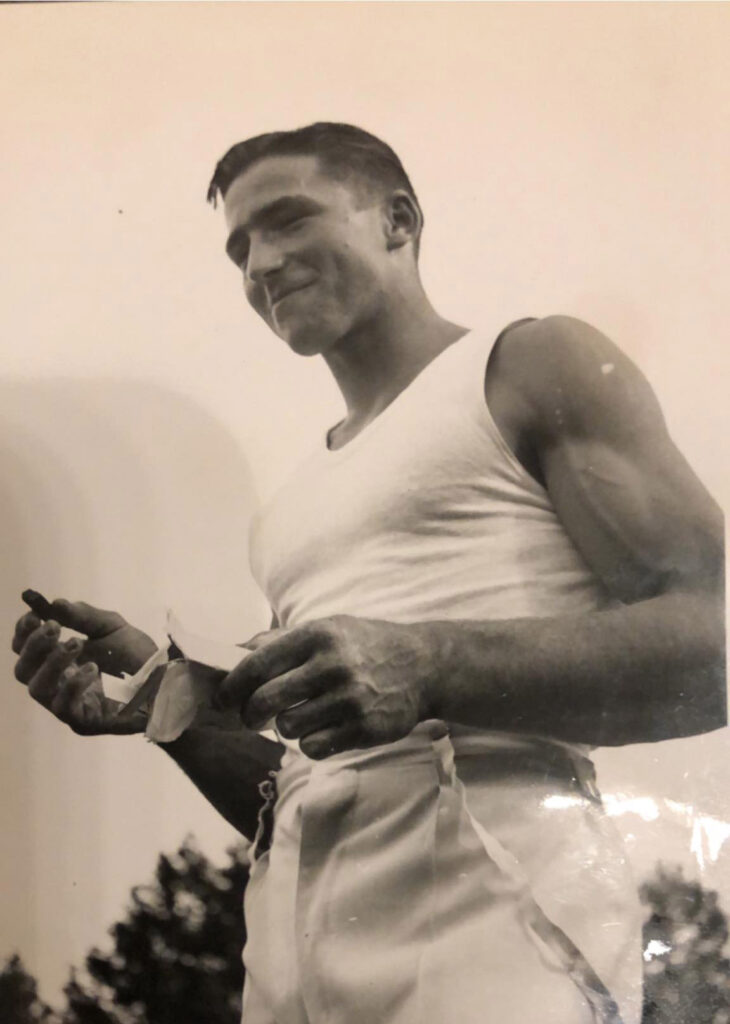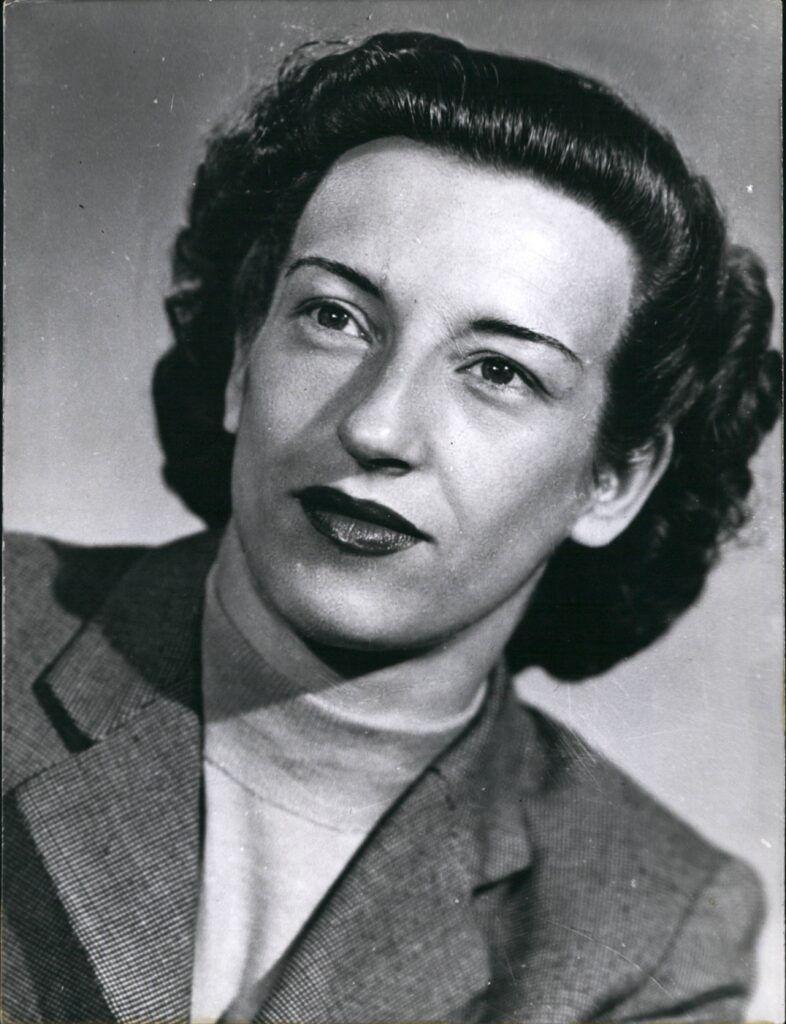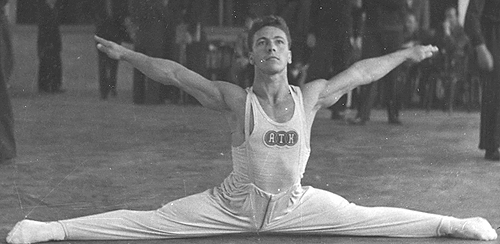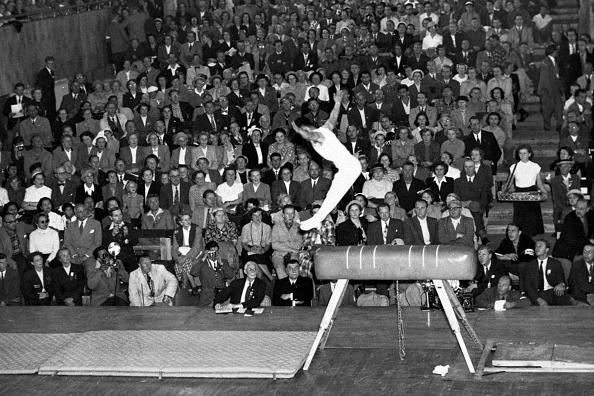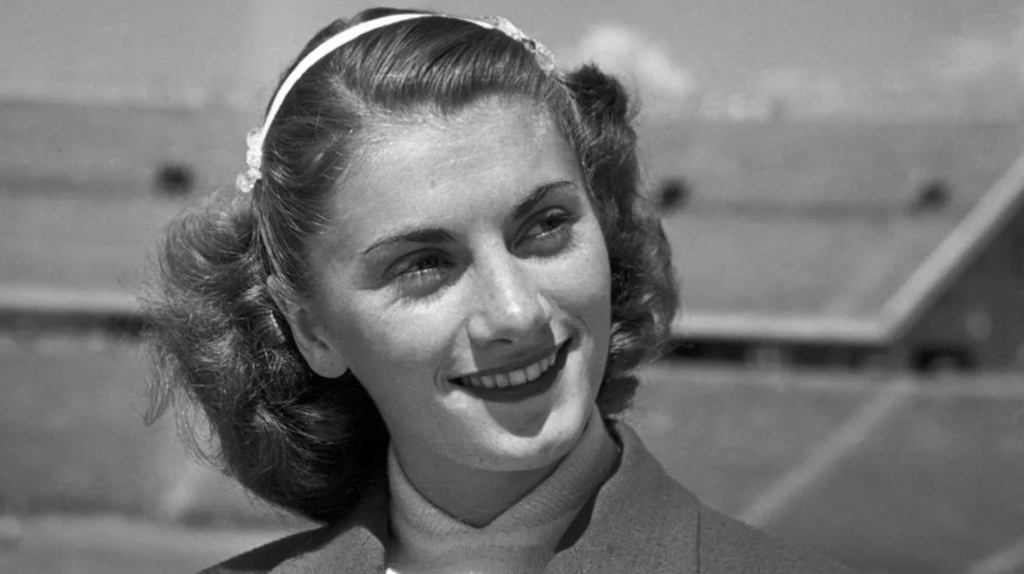The men’s artistic gymnastics competition at the 1952 Helsinki Olympics began with a record 29 nations participating. With so many competitors, organizers had to divide the compulsory rounds across two days and three groups, with the first group featuring Olympic favorites such as the Soviet Union, Switzerland, and the host nation, Finland. Excitement filled the Helsinki Exhibition Hall on Saturday morning—before the Olympics officially opened—as fans, judges, and journalists gathered to see the medal favorites. The stakes were high, the nerves palpable, and many believed the final team standings would be largely decided by day’s end.
And they weren’t wrong. From the Swiss press to German technical reports, all agreed: the compulsory routines were the decisive battleground. The Soviet gymnasts, competing for the first time in Olympic history, made an immediate impression, flexing both their power and consistency, especially on rings and pommel horse. But the Swiss weren’t going down quietly, turning in spectacular parallel bars routines that reminded everyone why they were world champions. What unfolded wasn’t just a competition; it was a clash of styles playing out on gymnastics’ grandest stage.
Here’s more than you ever wanted to know about the men’s compulsories in Helsinki…
